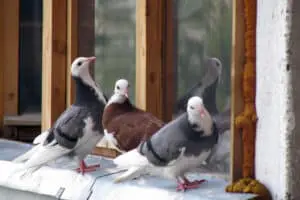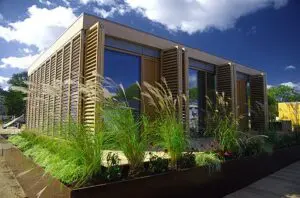Shoo, Bird, Shoo!
Activity Description
Engineers design ways to protect buildings from all kinds of things, even birds! Birds can cause problems for buildings and the people coming and going. And sometimes the birds can get hurt flying into windows. In this activity, students are challenged to design a mobile that keeps birds away from windows and buildings.
Activity Metadata
Time
Topic

This article contains collapsible sections with activity materials, instructions, and additional resources. Use the expand/collapse buttons to view each section.
Click to expand or collapse the materials needed section
Enjoy this activity?
Join our community and receive activities, early access to programs, and other special news, and/or leave feedback on this activity below!
Submitting your feedback...
Please wait while your feedback is being submitted.








Leave feedback form
Thank you! Your submission is processing.